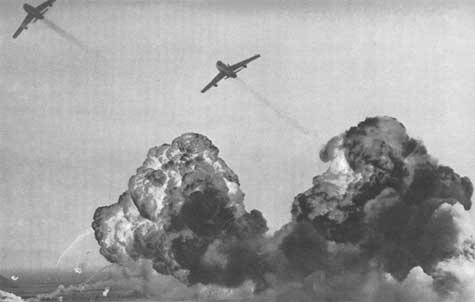Fifty years is not a short period of time. From a 12-year-young girl, I have turned into a 62-years-old woman. But the memories of those summer days that made the young mind wonder what was happening around us and why there had been so many changes made in our daily routine, are still so fresh.
The Indo-Pak War of 1965 was the second that I had witnessed, after the Sino-Indian War of 1962. As the centre of this war was Kashmir and Punjab, we at Chandigarh were not far off from the eye of the storm. Besides ground battle, aerial warfare too was a part of it, and that was what made us vulnerable to the perils of warfare.
A number of defensive measures were taken up by the government to protect the citizens from any contingency. In school, Z shape trenches were dug, and training was given to the students and staff, as to how to slip into those trenches in case there was any threat of bombing in the vicinity. We were made to keep our ears fixed on any sound of the siren that was the signal for an emergency. Why the shape was to be Z, is still an unsolved mystery! But I remember, in normal times, these trenches became handy for hide and seek games in the interval. At home, we had been directed to move to a ‘safe place’ in the house whenever the siren shrieked. The safe place was identified with two roofs above, two walls on the left, and two on the right. In our house, the staircase had been marked as such a place; and immediately after the siren, the whole family would rush to the stairs and sit one behind another, as if posing for a family photo on a trip to Pinjore gardens.
Another instruction was that whenever we heard bomb explosions, we would put some cloth in the mouth; shut our ears, close the eyes and bend our head down. It had become such a routine for us during those days that my youngest brother, who was just two years old, would be the first one to rush to the stairs, calling us to ‘poayee baitho’ (sit on the stairs) with his T-shirt tucked in his mouth. We had been instructed to keep roasted grams and water with us in case the emergency got extended to long hours; but that situation never occurred and we youngsters missed an opportunity of eating grams sitting on the stairs.
Another very important instruction was to cover the window panes with brown papers so that not even a flicker of light could go out. As most of the Air attacks took place at night, this measure was not to let the enemy know where towns and villages were located. We would finish with our chores before dark; switch off the lights and concentrate all our energies on expecting the sound of the siren!
That was the time we heard of the places like Khemkaran and Shakargarh, which were very weird names for us. Also the rumour mill was its busiest, as everyday we would hear of some strange news, and one of them was that a Pakistani jasoos was arrested from the market, when he was trying to sell bananas by kilo!
But after the war came to an end with both the sides claiming victory, a few tanks that had been captured by the army, were placed for public viewing and people would throng the place as if those were some strange creatures from some other planet. And one of these curios was a double-decker bus that had landed in Chandigarh, and was put to ply within the city. We had been lucky enough to have a ride in this; and it definitely gave a sense of pride that we were sitting in a bus from the other side of the border!
Narinder Jit Kaur is a retired Associate Professor from Patiala,who taught English Literature for 31 Years in various Government Colleges of Punjab. A writer and a translator, she has five books of translations, from Punjabi to English, to her credit Including Voices In The Back Courtyard(Rupa & Co.) -An Anthology Of Short-Stories By Punjabi Women Writers. She writes articles, poems and short-stories in English, Punjabi and Hindi. You can read more from her on narinderjit.com






